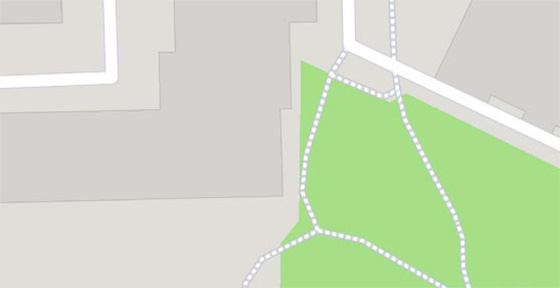Arheološki muzej, i.e. the Archaeological Museum, has a huge collection of artifacts divided into separate collections - prehistoric, Greek, Romanesque, early Christian, ancient Croatian, and collections of epigrams, coins and objects excavated from the seabed. The 70 thousand population is particularly extensive numismatic collection of monuments, in which there are gold, silver and bronze coins from the Greek period.
One of the most valuable exhibits is a completely preserved bronze helmet from the 4th century BC. Bronze clasps, silver plated, also come from the same period. The oldest monuments are clay ritual vessels, dated to the 4th millennium BC and a bronze sword from 1100-1000 BC.
The origins of the museum are derived from a private collection of epigrams, which was created in the 16th century by Dominik Papalic, a wealthy nobleman and humanist from Split. He found epigrams while wandering the ruins of the Roman city of Salona (today's Solin). Part of the Papalic collection is currently displayed in the atrium of the Archaeological Museum.
Attractions inside




